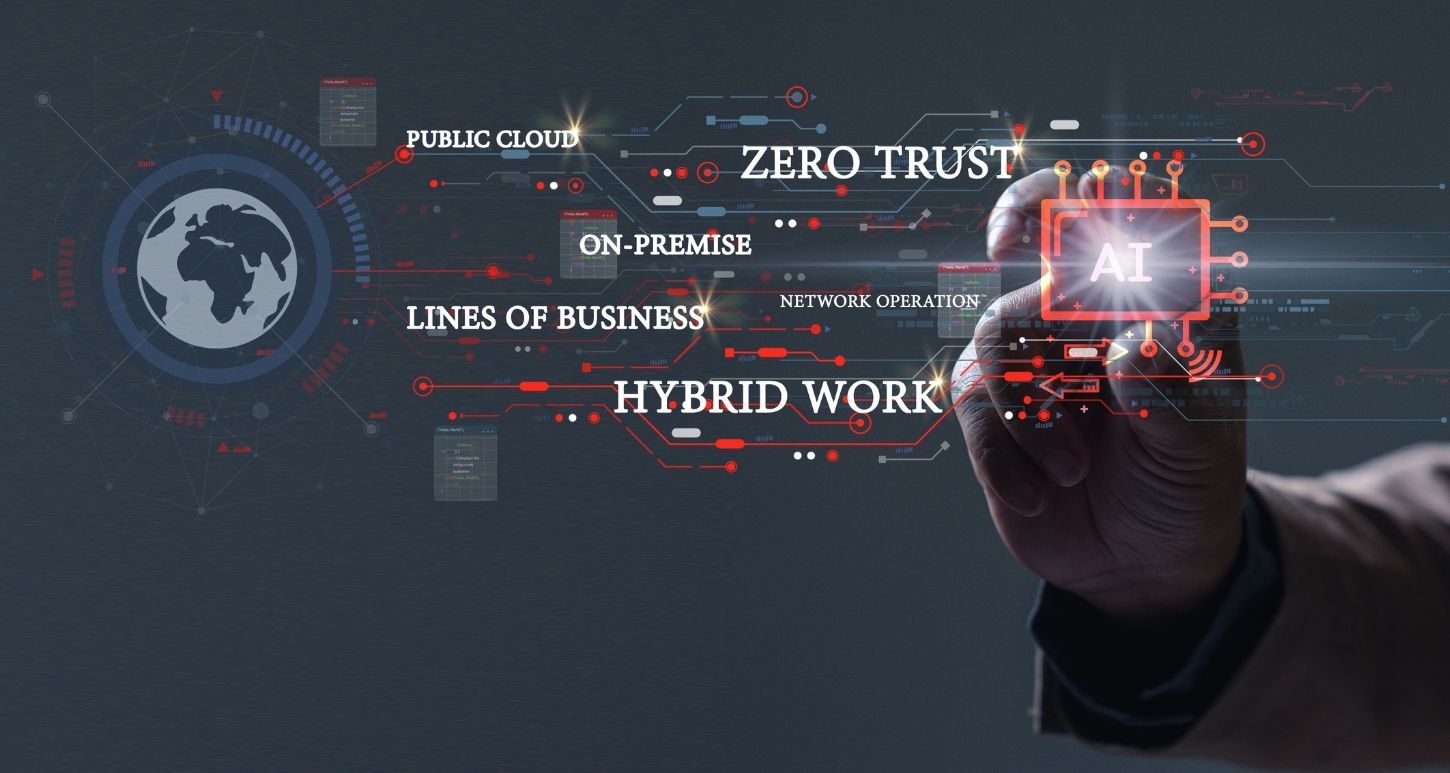Five million HD movies. That’s how many can now be downloaded in a single second. That translates to 26.2 terabits of data each tick of the clock, which is the record recently set by Infinera, an optical communications equipment manufacturer based in Sunnyvale, California. What may be even more surprising is that it was set while speeding down a 4,104-mile, undersea optical cable stretched from Virginia Beach, VA. to the coastal town of Balboa, Spain.
The cable has a name—Marea. It’s owned by Microsoft, Facebook and Telxius, a Spanish telecommunications company. Marea is one (1) of an estimated three hundred seventy-eight (378) undersea cables crisscrossing the planet’s largest bodies of water. It’s about the width of a garden hose and houses eight (8) pairs of optical fibers. The entire assembly, all 4,104 miles of it, weighs over 10 million pounds. Try dragging that garden hose to your front yard on watering day.
Some other interesting Marea tidbits
- It takes thirty-three (33) milliseconds for a photon of light to travel from Virginia Beach to Balboa. And if you think your Internet connection at home or at the office is humming along, average Internet speeds operate at approximately 0.00025 terabits per second. Pretty humbling.
- The deepest ocean depth Marea reaches is 17,000 feet, or about 3.2 miles.
- If HD movies are beneath you, you’ll have to settle on Marea delivering a mere 800,000 Ultra HD flicks.
- Marea shattered the maximum data rate by about thirty percent (30%), or over 6 terabits per second. That mark could only handle a paltry 4 million HD movies. That’s like Usain Bolt knocking (3) seconds off his 100-meter record time of 9.58 seconds.
I’m glad you asked
The elephant in the room is how a maximum data rate can be exceeded, and by thirty percent (30%), no less. Doesn’t sound doable. It is.
Infinera implemented multiple wavelengths on a single optical chip. This allowed them to pack more wavelengths onto a single optical strand. Then, they transmitted each wavelength as a set of subcarriers, which allowed them to pack the fiber with even more wavelengths. The stuffed fiber, which was still only the thickness of a single strand of hair, allowed Infinera to claim the title.
For questions, turn to these optical networking experts
If you have questions or would like more information about fiber optics or optical networking, contact GDT’s Optical Networking practice professionals at Optical@gdt.com. Composed of experienced optical engineers, solutions architects and project managers who specialize in optical networks, the GDT Optical Networking team supports some of the largest service providers and enterprises in the world. They’d love to hear from you.
For additional reading about the greatness of fiber optics, check these out:
Just another day in the life of fiber optics
Don’t sell fiber optics short—what it can also deliver is pretty amazing
Busting myths about fiber optics




